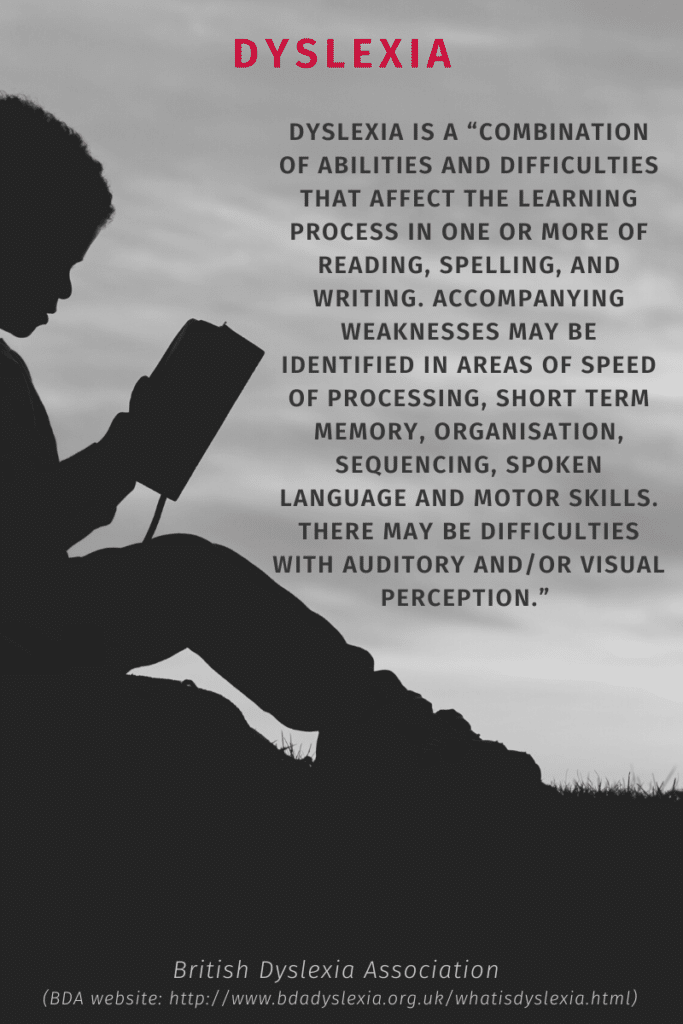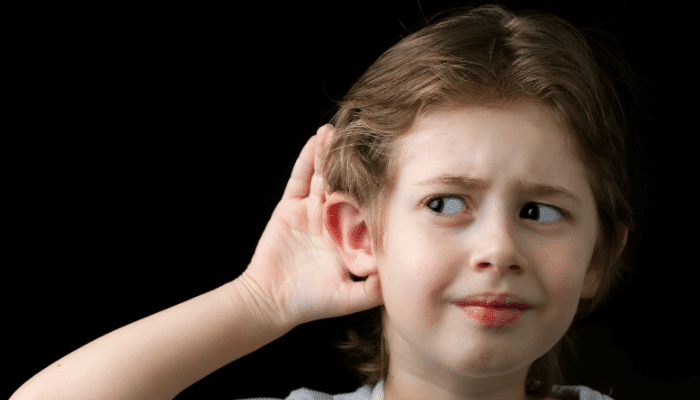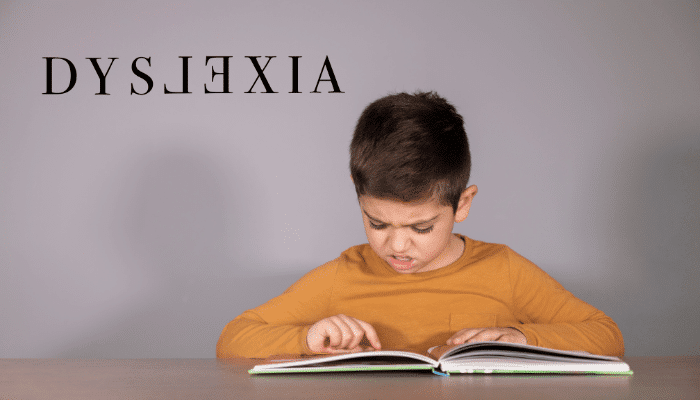Have you ever wondered if your child has dyslexia? Ask your child to read aloud a simple story and ask your child to retell it to you. Did he/she read and verbally express the words right? Was he/she able to understand the story?
It is estimated that 4% of Australian students have some kind of learning disability or disorder. Learning disorders include dyslexia, dysgraphia, and dyscalculia. And about one in every 10 Australians has dyslexia, also known as reading disability. The statistics may not mean anything to you, but maybe the impact does.
Children who have trouble reading may become anxious, frustrated, and angry. They may develop low self-esteem as they continue to struggle with their academic subjects, which require reading skills. Teasing from classmates affects their confidence and relationship with others, too. Have you noticed these behaviours in your child?
Talk to us about your child at https://tomatis.com.au/contact-us/, and we will see how we could help you. You may also visit our website at https://tomatis.com.au/.
In the meantime, you can read through the blog to know more about dyslexia:
- What is dyslexia?
- What are the different types of dyslexia?
- What are the symptoms of dyslexia by age?
- How is dyslexia diagnosed?
- What is a dyslexia test?
- What are the dyslexia treatments?
- What is the link between dyslexia and auditory processing disorder?
- How does the Tomatis® Method help your child with dyslexia?

What is dyslexia?
Children who have dyslexia have normal intelligence and vision. But they find it hard to read and have difficulties with words and language. It is a lifetime condition and may coexist with other challenges like attention deficit hyperactivity disorder or ADHD.
The exact cause of dyslexia is unknown. Some experts pointed out genetics and developmental abnormalities as possible causes of dyslexia.
- Dyslexia runs in the family as children with a family history of it are at greater risk. Researchers linked changes in the DCDC2 gene with language impairment and reading disability.
- Some researchers explain that it begins with a brain abnormality as a child grows in the womb. The left side of the brain plays a role in language, speech, and sound production. However, a defect or dysfunction can occur in the left side of the brain during the child’s development.
However, other researchers oppose this theory. They claim that there is not enough evidence to support that dyslexia is a neurodevelopmental disorder. However, the researchers suggest that dyslexia results from individual differences in typical developmental outcomes.
- Other risk factors include prematurity and very low birth weight of fewer than 1,500 grams at birth.
What are the different types of dyslexia?
There are two distinct forms of dyslexia in children based on a study. One is a problem in learning to translate printed words into speech. The other is a problem in reading comprehension.
Your child may have difficulty saying the right words he/she read or have trouble understanding what he/she reads. It may also be possible that your child may experience both problems.
There are no official types of dyslexia. However, some experts suggest four subtypes that still need to be studied further.
- Phonological dyslexia is when your child has difficulty breaking down words into smaller chunks. It makes it hard for him/her to match the sounds with written words. As a form of auditory or dysphonetic dyslexia, your child may struggle sounding out or decoding words.
- Surface dyslexia is when your child has problems recognising words when they see them. As a result, your child may have a hard time making, learning, and remembering words. It is also referred to as visual dyslexia.
- Rapid naming deficit is when your child has difficulty naming a letter, number, or colour when he/she sees it.
- Double deficit dyslexia is when your child finds it hard to identify sounds in words. Your child may be slow in naming words.

What are the signs and symptoms of dyslexia by age?
Answer “yes” or “no” to the questions found below, which you observe in your child based on his/her age group.
- Preschool: Age 5 years old and below
Does my child
- Have delayed speech development compared to children his/her age?
- Have a hard time learning and remembering the names of the letters of the alphabet?
- Have problems pronouncing long words correctly or jumble words? Does my child say “ephelant” instead of “elephant?”
- Have trouble expressing him/herself using spoken words? Or does my child grope the right words to use? Or does my child have problems forming words into sentences?
- Fail to recognise nursery rhymes or rhyming words and patterns?
- Kindergarten and grade 1: Ages 5-6 years old
Does my child
- Commit reading errors that don’t show any connection to the sound of letters on a page? For example, my child says “kitten,” but the written word is a “cat” with a picture of a cat.
- Fail to understand that words break apart into sounds?
- Complain he/she has a hard time reading?
- Have problems sounding out simple words like ban, man, or mat?
- Find it hard to associate letters with sounds, like the letter “g,” which comes out as “ga.”
- Grade 2 to high school
Does my child
- Read so slowly and awkwardly compared to children his/her age?
- Has difficulty reading unfamiliar words and sometimes blurts out other words because he/she can’t say the right word?
- Grope the specific word and end up saying a general term for an object, like “it” or “thing?”
- Mispronounces complicated or long words?
- Misspell easy words?
- Avoid reading words aloud?
- Pauses a lot or utters “ums” and “errs” when speaking?
Details found above are some of the signs of dyslexia. If you answered “yes” to most of the questions, we suggest seeking consultation, especially if your child has not yet been diagnosed. Grab our complimentary 20-min phone chat with Francoise Nicoloff here: https://tomatis.com.au.pages.ontraport.net/20minPhoneChat.

How is dyslexia diagnosed?
The first sign of dyslexia appears even before a child enters school. A child’s delayed language skills display this compared to children of the same age. According to Dr. Sally Shaywitz, a director of the Center for Dyslexia and Creativity at Yale University, parents may see early signs in their children. They may have problems rhyming. They may also mispronounce words or confuse words that have similar sounds.
They get to be diagnosed in kindergarten or grade 1 when symptoms become apparent. It is the time when they are exposed to words and symbols.
If you suspect your child to have dyslexia, a medical professional may require him/her to undergo tests. These include auditory, cognitive, reading, speech, language, and psychological tests.
What is a dyslexia test?
There is no standard test for dyslexia. However, medical professionals take note of family history and early development details through interviews and observations. They may recommend the following tests to come up with an evaluation:
- Automaticity/fluency skills
- Decoding
- Intelligence
- Oral language skills
- Phonological processing
- Reading comprehension
- Spelling
- Vocabulary knowledge
- Word recognition

What are the dyslexia treatments?
Researchers suggest two key components for dyslexia treatment. One is to treat the core reading and spelling problems. And two, children with dyslexia must also be treated with coexisting psychological disorders.
A study reviewed published trials from medical journals. The researchers listed some of the dyslexia treatments for children and teenagers with reading disabilities. They aimed to examine the efficacy of each intervention.
- Their study reveals that phonics instruction is most effective for reading and spelling performance. It teaches children the systematic letter-sound-correspondences. It includes strategies in decoding that segment or blend letters, and divide written or spoken words into syllables.
- Phonemic awareness instruction refers to interventions that promote recognition and use of phonemes in words. A phoneme is the smallest item of sound in spoken language. The word “cat” serves as an example with three phonemes of the letters “c,” “a,” and “t.”
- Reading fluency training uses the repetition of words or guided repeated word reading.
- Children need to learn specific tasks in reading comprehension training. They need to draw textual information, summarise, and relate it to current knowledge.
- Auditory training interventions expose children to non-linguistic auditory stimuli such as cries, laughs, or whistles. Children are then asked to identify and discriminate these sounds.
- Medications are drug regimens to boost the reading and spelling performance of children and teenagers.
Management of dyslexia symptoms depends on the severity and coexisting disorders. Medications are not advisable unless your child has concurrent ADHD.
- Children read with coloured overlays or filters as a form of visual intervention.

What is the link between dyslexia and auditory processing disorder?
Researchers found out that children with auditory processing disorder (APD) had reading and language problems, too. Other researchers further investigated the link between APD and dyslexia.
One of these studies reveals that dysfunctional connections in the brain as the cause of dyslexia. Specifically, these are the connections between speech and auditory centres.
Let’s picture it this way. Your child may have difficulty distinguishing letters because he/she can not hear a sound correctly. His/her brain can not process the sound fast enough. He/she can not link the sound to the letter. In effect, he/she has trouble reading a word with that sound.
The researchers suggest that medical professionals may design interventions to improve speech and auditory connections.
How does the Tomatis® Method help your child with dyslexia?
The Tomatis® Method plays music by Mozart, Strauss, or Gregorian chants. These are used as a therapeutic intervention for various language-based learning disorders, including dyslexia. A device called TalksUp filters music that stimulates the ear and brain connection. It retrains the brain to improve language skills, including reading.
Researchers studied the effect of the Tomatis® Method among 78 dyslexic children with reading problems. They used a non-word reading test to assess the children’s language processing and reading ability.
The result of the study reveals that the Tomatis® Method may improve some aspects of reading skills. They claim that the better short-term phonological memory, the higher the auditory memory under the right conditions.
Phonological memory is your child’s ability to retain and recall sounds, words, or numbers. Auditory memory is your child’s ability to maintain and remember sounds, words, or numbers when heard or spoken.
Your child’s dyslexia can be managed. Certified Tomatis® professionals work with a multidisciplinary team to help your child cope with his/her reading problems.
To know more about the Tomatis® Method as a therapeutic intervention for dyslexia,
call us at 1300 233 572.
Françoise Nicoloff
Official Representative of Tomatis Developpement SA in Australia, Asia and South Pacific, Director of the Australian Tomatis® Method, Registered Psychologist, Certified Tomatis® Consultant Senior, Tomatis® International Trainer and Speaker, Co-author of the Listening Journey Series, 40 Years of Experience, Neurodiversity Speaker



